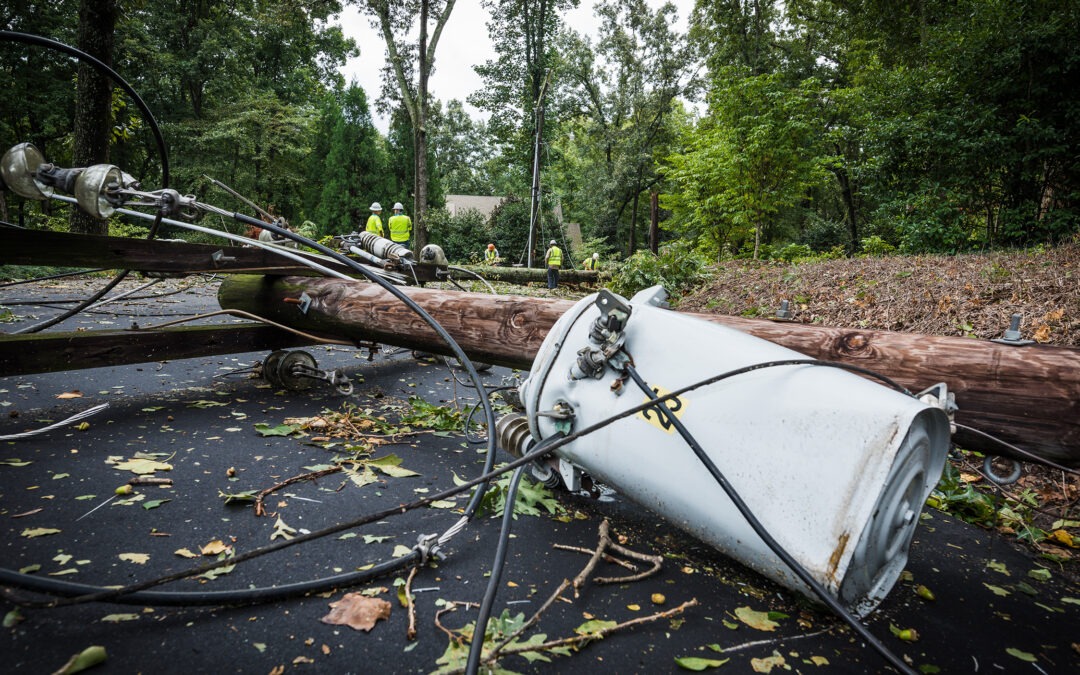
Jun 4, 2025 | Safety and Security
Do you know what to do if you’re involved in a vehicle crash involving power lines, or if you come across downed wires on the road?
PPL Electric Utilities wants to make sure you’re prepared for those scenarios and is now offering free electrical safety resources for drivers. Our new website – pplelectric.com/DriverSafety – provides tips, infographics and free teaching kits for instructors who teach young drivers. We’re also sending information to driver education teachers at schools across our 29-county service territory about how to order free instructional guides.
“The safety of our customers and our employees is our number one priority, and driving is an activity that most of us do every day,” said Doug Haupt, manager-Public Safety. “This is important information for everyone to have to help keep them safe when they are in or near an accident or downed wires.”
The website offers instructions for what to do when crashing into a utility pole, when you come across fallen power lines and how to do the “shuffle” if you need to get away from downed power lines. There is also a guide to teach power line safety in under 10 minutes.
We are also offering a free instructional kit with 20 power line safety cards for drivers brochures, 20 glove box cards and an instructional guide, all of which can be ordered here.
We encourage our customers to take advantage of these free resources.
And remember to call 911 and PPL Electric Utilities at 1‑800‑342‑5775 (1‑800‑DIAL‑PPL) immediately to report downed wires.
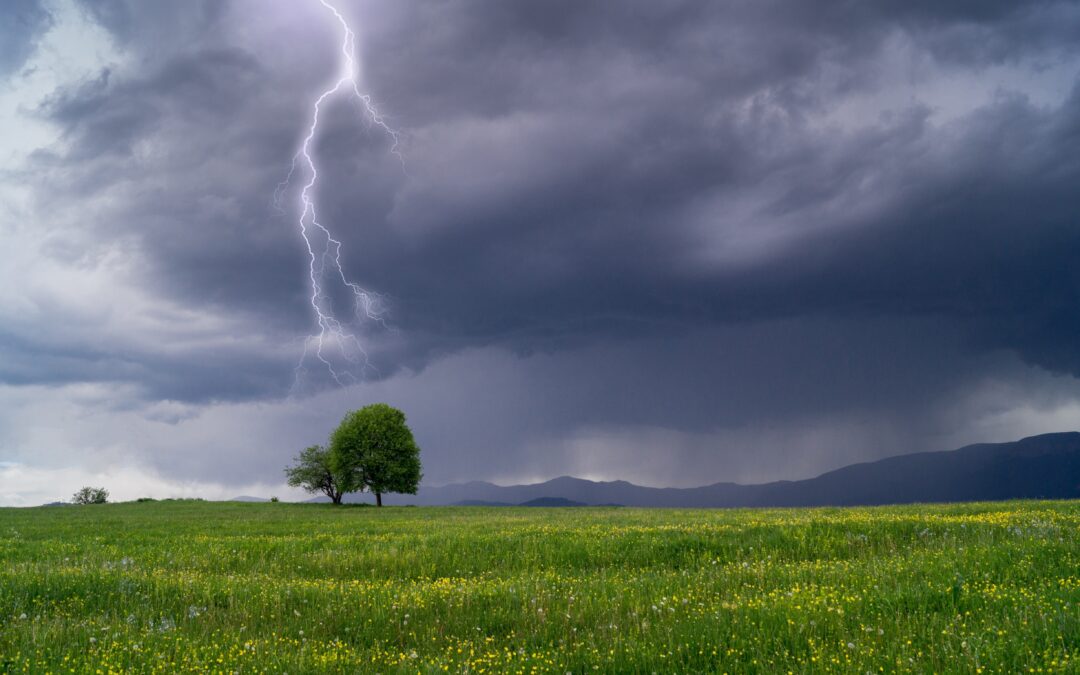
Jun 1, 2025 | Safety and Security, Storms and Outages
The arrival of the summer months brings about the inevitable threat of severe rain, wind and lightning, and those summer storms can cause power outages.
The work we do year-round – from upgrading and strengthening the equipment on our electric delivery system to trimming trees near our power lines to reduce the likelihood of tree and limb-caused outages – is designed to help ensure we provide you with the safest, most reliable power possible.
And the work we’re doing is making a difference.
In 2025, we’ve seen a 14% decrease in tree-related power outages and a 22% decrease in the total number of minutes customers are without power when compared to the same time last year.
Despite those efforts, severe storms can still cause power outages, so we want our customers to always be prepared. There are some simple, but important steps to take to stay safe and prepared. Here’s what you can do:
Before storms
- Have an emergency kit with food, water, medication and any pet supplies you may need in any outage or emergency at any time of the year. Store it in an airtight container.
- Make sure to have batteries and battery-operated flashlights readily available.
- If you have medical equipment that requires power, have a backup location to go to if you lose power.
- Sign up for PPL Alerts at pplelectric.com/alerts to make sure you receive power restoration updates when outages occur.
- Charge your phones and other devices when severe storms are imminent.
During storms
- If you lose power, please report your outage online at pplelectric.com/outage or text “Outage” to TXTPPL (898775).
- Remember that candles can start fires. If you lose power, use flashlights instead.
- If you encounter a downed wire at any time, assume it’s energized and stay away.
- If you lose power and are using a portable generator, never operate the generator in an enclosed area, like a garage, where deadly carbon monoxide fumes could accumulate.
- If you lose power, it’s a good idea to disconnect appliances and electronics during the outage to eliminate the risk of damage.
- Avoid opening your refrigerator and freezer as much as possible.
- Do not use ovens or ranges to heat your home.
- Unplug sensitive home electronics. Turn off ovens and space heaters that may have been on when the outage occurred.
- During extended outages, check with your local government about temporary shelters.
For more information on staying safe during storms and general electrical safety, visit pplelectric.com/OutageSafety.
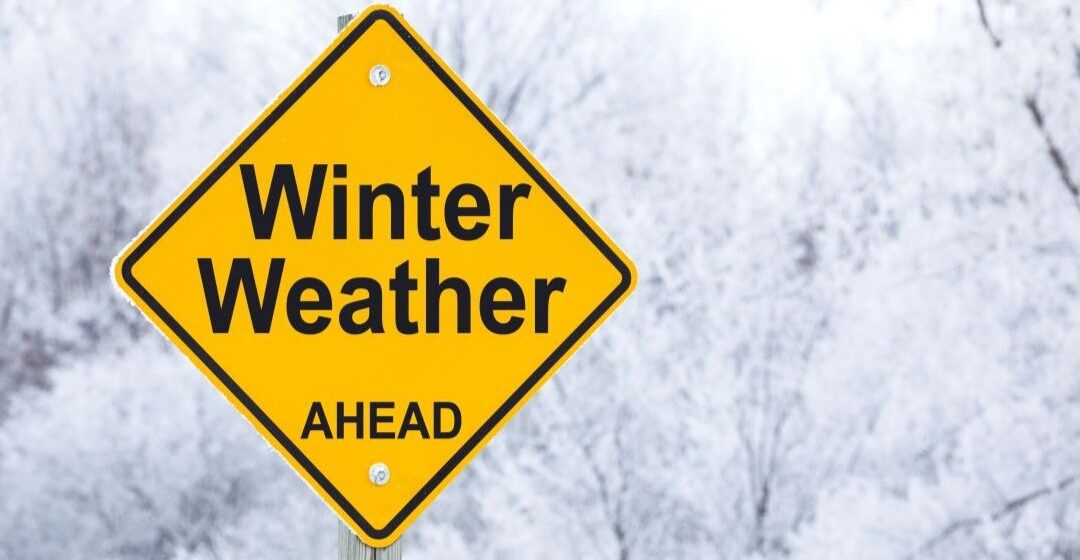
Nov 4, 2024 | Reliability
We’re committed to delivering reliable power no matter what the weather brings – a commitment that is rooted in year-round preparation.
Over the past decade, we have made significant investments to build a stronger, smarter and more resilient grid. From clearing vegetation around power lines and replacing aging equipment to installing state-of-the-art grid technology, we’re dedicated to keeping the lights on for our customers.
While we prepare for winter storm season, we have tips to help you prepare and stay safe as well.
Storm Safety
However, even with the best preparation and information, storms and severe weather can cause damage and result in outages. Adjust alert preferences to receive a phone call, text or email at pplelectric.com/alerts to stay informed during a storm.
If you experience an outage, report it by calling 1-800-DIAL-PPL, by visiting pplelectric.com/outage or texting “Outage” to TXTPPL.
A few other important storm safety tips to remember:
- Charge your phones and other devices in advance of a storm so they are fully powered.
- Keep generators far from buildings and do not operate them in confined spaces, such as garages.
- Stay away from any downed wires and always assume they are live and carry electricity. Report downed wires by calling 1-800-DIAL-PPL.
Winter Energy Savings
Easy, inexpensive tips to help you save energy and money when the temperature declines:
- Leave your curtains and blinds open. During the day, capture the sun’s light and heat to gain warmth from the sun. At night, close your curtains and blinds to prevent that free heat from escaping.
- Prevent fireplace heat loss. Keep the damper closed when you’re not using your fireplace so warm air doesn’t escape through the chimney. Energy-efficient fireplace grates also help you save by pulling cool air out of your room and into the fireplace while bringing warm air back into the room.
- Reverse the direction of your ceiling fans. Yes, fans can also keep you warm. Flip the switch to change the direction of the blades so they spin clockwise and pull warm air downward.
- Winterize windows and doors. Inspect all your doors, windows and ductwork for gaps that could leak heat from your home. Many of these cracks and leaks can easily be fixed with caulk and weatherstripping.
- Adjust your thermostat. When you’re home and awake, set the heat as low as it feels comfortable. Aim for 68 degrees as an optimal temperature. Wearing warmer clothing or grabbing a blanket can help keep you cozy. While you’re sleeping or out of the house, lower the thermostat by 10 to 15 degrees. Lowering the thermostat for at least eight hours can save up to 10% on your heating bill. A programmable thermostat will make it even easier to save.
The winter can be unpredictable and unforgiving, but our team is always ready to respond. Our grid is strong, reliable and evolving, and our employees are committed to keeping you safe and warm this winter.
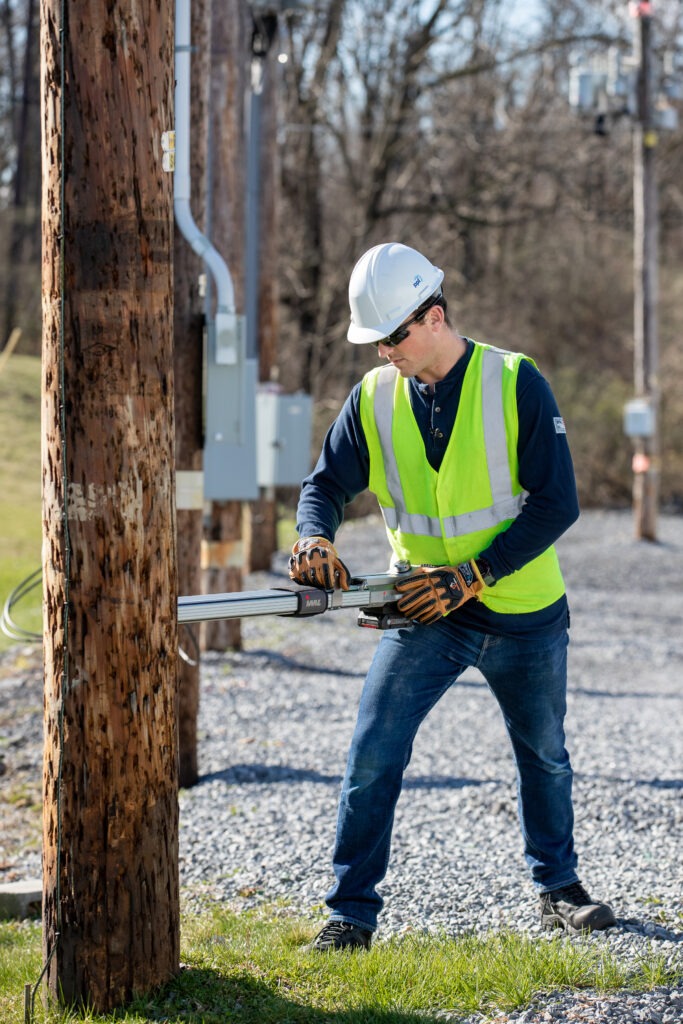
Reliability investments like developing these first-of-its-kind resistance drills help us reduce costs and keep the lights on for our 1.5 million customers. These drills help measure decay on both the inside and outside of utility poles to assess their health and identify when poles need to be replaced.
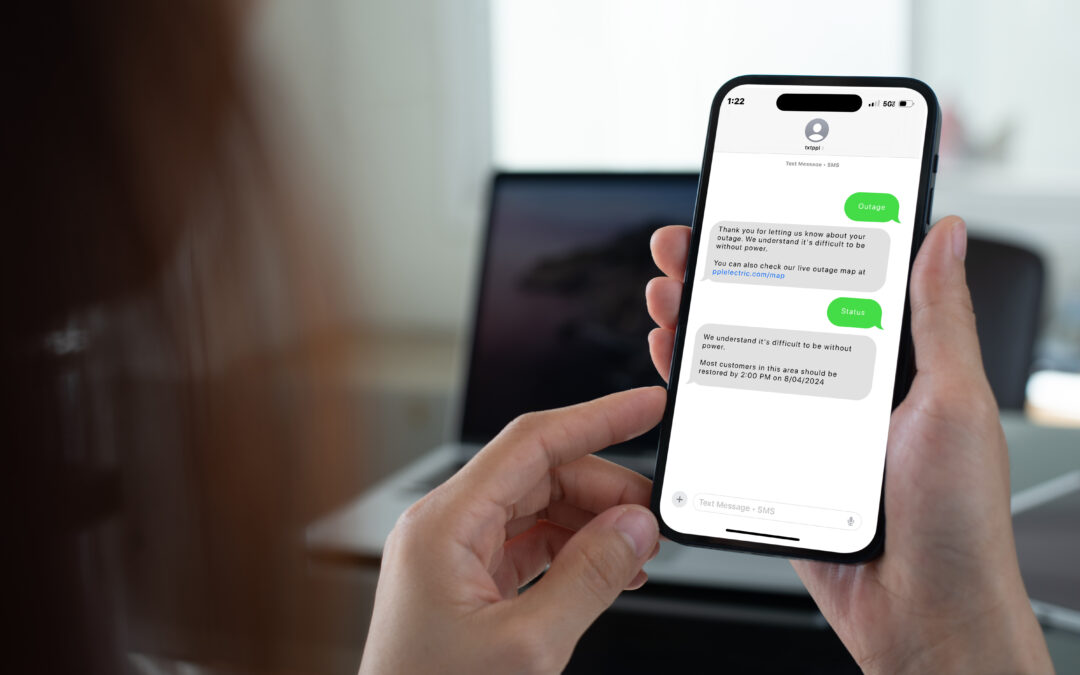
Sep 24, 2024 | Reliability, Storms and Outages
At PPL Electric Utilities, we’ve made it easy for you to stay connected and access the information you need. Here are some simple ways to stay updated during an emergency.
1. Report an Outage
If your power goes out, the first thing you should do is let us know. You can report the outage by texting “Outage” to TXTPPL (898775), by visiting pplelectric.com/outage or by calling us at 1-800-342-5775 .
2. Get Alerts
Manage your alerts at pplelectric.com/alerts to receive real-time updates on your power status. Choose to receive alerts via text, email, phone or any combination of the three so you’re always in the loop. You can adjust your alert preferences anytime to fit your needs.
3. Check our Outage Map
Curious about what’s happening in your area? Visit the PPL Outage Map to see where outages are occurring and get an estimate of when power will be restored.
4. Follow Us on Social Media
Stay connected with us on social media for the latest updates, tips, and news during an outage. Follow us on X (Twitter) and Facebook to get real-time information and ask questions if you need help. Social media is also a great way to connect with others in your community.
5. Keep Your Phone Charged
Our phones serve as a lifeline during an emergency. Make sure your phone is fully charged before a storm hits, and keep a portable charger handy just in case. This way, you can stay connected receive alerts and stay in touch with family and friends.
Pro Tip: Turn on battery-saving mode on your phone to extend its battery life.
6. Have a Battery-Powered Radio
A battery-powered radio is a reliable way to stay informed, especially if your phone runs out of battery or you lose cell service. Tune in to local news and weather updates to stay updated on what’s happening and when power might be restored. Don’t forget to keep extra batteries on hand!
7. Write Down Important Numbers
Keep a list of important phone numbers, including your utilities, local emergency services, and family contacts. Store the list in a safe place where you can easily find it during an outage. It’s a good backup in case your phone isn’t working.
Helpful Hint: Store the list in a waterproof bag or container to keep it safe in your emergency kit.
Be Prepared, Stay Connected
By following these tips, you can stay informed and connected during an emergency. Remember, the key to staying safe is knowing what’s happening and how to respond.
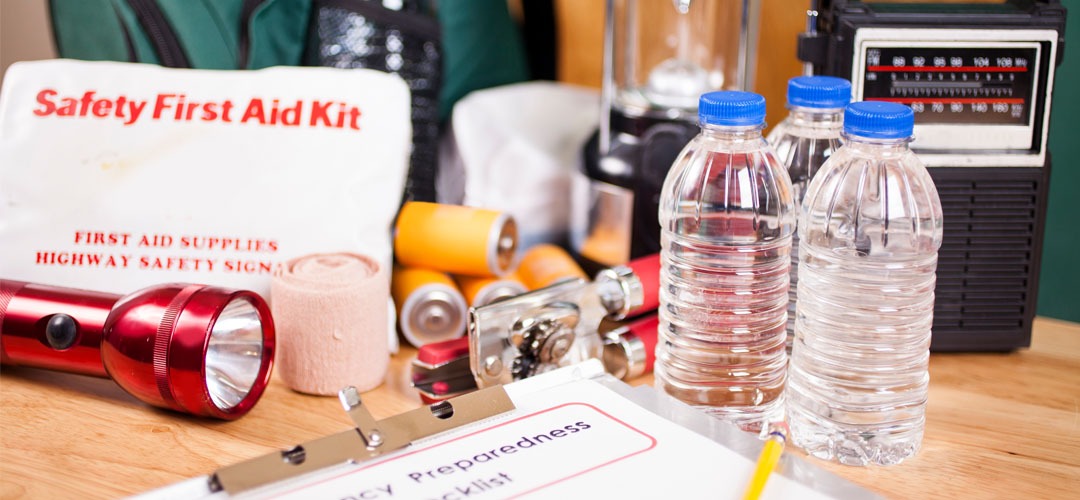
Sep 18, 2024 | Safety and Security, Storms and Outages
September is Emergency Preparedness Month, and there’s no better time to make sure you and your family are ready for the unexpected. When disaster strikes, having a well-stocked emergency kit can make all the difference.
Kit Essentials
1. Flashlights and Batteries
Make sure you have flashlights for everyone in your family and plenty of extra batteries. Flashlights are safer than candles, which can be a fire hazard. Keep a flashlight in each room so you don’t have to search for one in the dark.
2. Food and Water
You’ll want to have enough food and water to last at least three days. Choose non-perishable foods like canned goods and granola bars—things that don’t need to be refrigerated and don’t forget to include a manual can opener. For water, plan on having one gallon per person per day. That’s enough for drinking and basic hygiene.
3. First Aid Kit
Accidents can happen. Be sure to have a first aid kit that includes bandages, antiseptic wipes, and any prescription medications your family might need. It’s also a good idea to have some over-the-counter medicines like pain relievers and allergy medicine.
4. Battery-Powered or Hand-Crank Radio
Staying informed is important during an emergency. A battery-powered or hand-crank radio will help you stay informed. Make sure you have extra batteries for the radio, too!
5. Blankets and Warm Clothing
Be prepared for various seasons and temperatures. In winter, you’ll need to stay warm. Keep extra blankets, sleeping bags, and warm clothing like hats and gloves in your kit. Even in warmer weather, a cozy blanket can make a tough situation more comfortable.
6. Hygiene Items
Staying clean is important, even during an emergency. Pack some hand sanitizer, wet wipes, and basic hygiene items like toothpaste, toothbrushes, and deodorant. If you have babies or young children, don’t forget diapers and baby wipes.
7. Important Documents
It’s a good idea to keep copies of important documents in your emergency kit. This could include things like insurance policies, birth certificates, and a list of important phone numbers. Store them in a waterproof container to keep them safe.
8. Portable Phone Charger
You’ll want to stay connected, so make sure you have a portable phone charger in your kit. Keep it charged and ready. Putting It All Together
Once you’ve gathered everything, store your emergency kit in a large, sturdy container like a plastic bin or a duffle bag. Keep it in a place that’s easy to reach and let everyone in your family know where it is.
That’s it! With your emergency kit ready to go, you’ll be prepared for anything. Stay safe, and let’s be ready for whatever comes our way!








